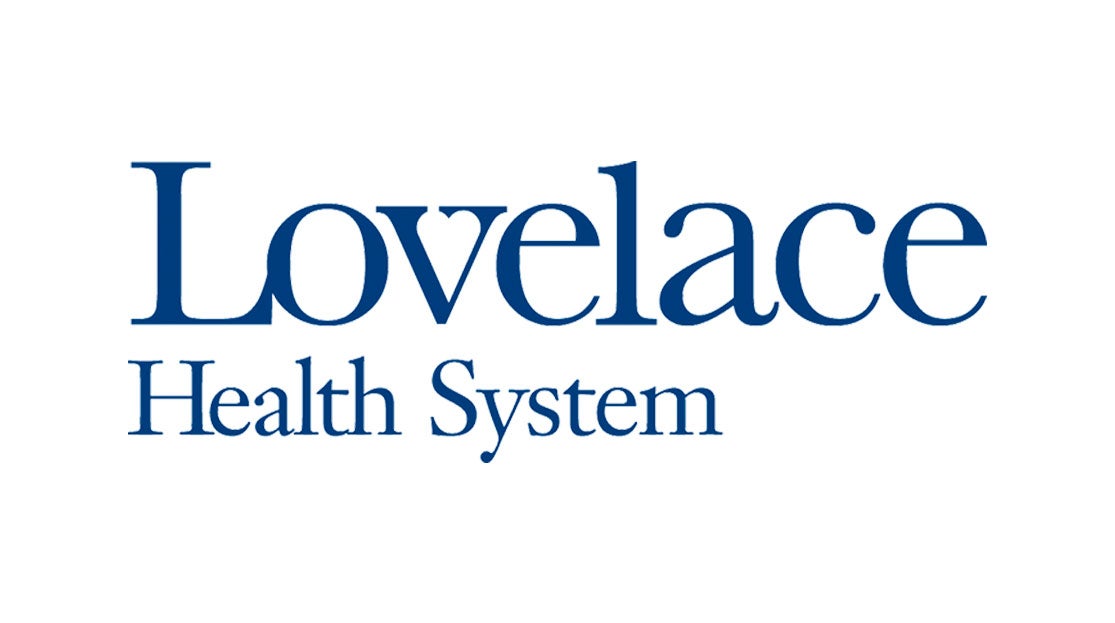
At Lovelace, we fight cancer head on. From the state’s only accredited breast care center to the first and only TomoHD, outcomes and quality of life for our patients are improving. We have the advantage and benefit of technology, research and prevention awareness to give our patients and their families the peace of mind that a cancer diagnosis does not have to be a death sentence. However, in other parts of the world, cancer can mean a very different outcome.
Getting the Facts
Did you know lung cancer kills more people than any other cancer and by a landslide? According to the American Cancer Society and National Cancer Institute, 1.37 million cancer deaths are attributed to lung cancer every year, responsible for 26 percent of women’s cancer deaths and 29 percent of men’s cancer deaths. The next most deadly cancer may be surprising to many, however. Cancers of the stomach causes 736,000 deaths each year. The World Health Organization estimates there will be a total of 13.1 million cancer deaths a year by 2030. To bring awareness to these staggering statistics, the WHO names today, February 4, 2013 as World Cancer Day to educate the public on the facts.
The Myths
This year the WHO aims to highlight and dispel these myths about cancer:
Myth #1: Cancer is just a health issue.
 The WHO states cancer has “wide-reaching social, economic, development, and human rights implications.” With an estimated 47 percent of all cancer cases and 55 percent of cancer deaths occurring in developing countries, the WHO projects cancer cases will increase 81 percent in developing countries by 2030. They also site cancer’s impact on poverty, which negatively impacts a family’s to earn an income and keep up with escalating medical costs.
The WHO states cancer has “wide-reaching social, economic, development, and human rights implications.” With an estimated 47 percent of all cancer cases and 55 percent of cancer deaths occurring in developing countries, the WHO projects cancer cases will increase 81 percent in developing countries by 2030. They also site cancer’s impact on poverty, which negatively impacts a family’s to earn an income and keep up with escalating medical costs.
Myth #2: Cancer is a disease of the wealthy, elderly and developed countries.
Half of all cancers occurring in developing countries affect people younger than 65 years old, putting their families and communities at risk for potential long-term economic development. For children in most countries between the ages of 5 and 14, cancer is the leading cause of death. Demographically, cancer is more devastating among the poor and socially disadvantaged, as they are more likely to get sicker and die sooner from cancer.
Myth #3: Cancer is a death sentence.
Advancement in prevention, detection and treatment has greatly impacted the outcomes of cancers previously considered death sentences. For example, screening for breast cancer in Australia has reduced the cases of breast cancer by 30 percent since the mammographic screening program was introduced in 1991. Cancers caught in earlier stages are more likely to be treatable and curable than those discovered in later stages.
Myth #4: Cancer is my fate.
The WHO says 30 percent of cancers can be prevented. By understanding and removing risk factors for cancer from our lifestyles, we can greatly impact prevention. For developing countries, cancer-causing infections such as the hepatitis B virus and HPV also need to be addressed through the availability of safe and effective vaccinations. More awareness will also be shed on environmental considerations like air pollution, radiation and excessive sunlight to reduce the occurrence of cancer cases throughout the world.
What Can You Do?
The WHO is encouraging everyone to engage their networks and greater public to become aware of these myths and the efforts towards prevention, detection and treatment in developing countries, as well as developed countries. Social media is a great tool to spread the word quickly to a greater audience of people. Handy with Twitter? Here are some sample tweets they suggest:
• Did you know that cancer costs the world’s economy more than any other disease? #worldcancerday
• Did you know that 1 in 3 cancer cases can be prevented? #worldcancerday
• Did you know that 60% of breast cancer deaths occur in developing countries? #worldcancerday
The WHO lists various ways to get involved on a greater level on their website, including signing a declaration to bring awareness to government and policy makers.
Photo courtesy of the World Health Organization.




